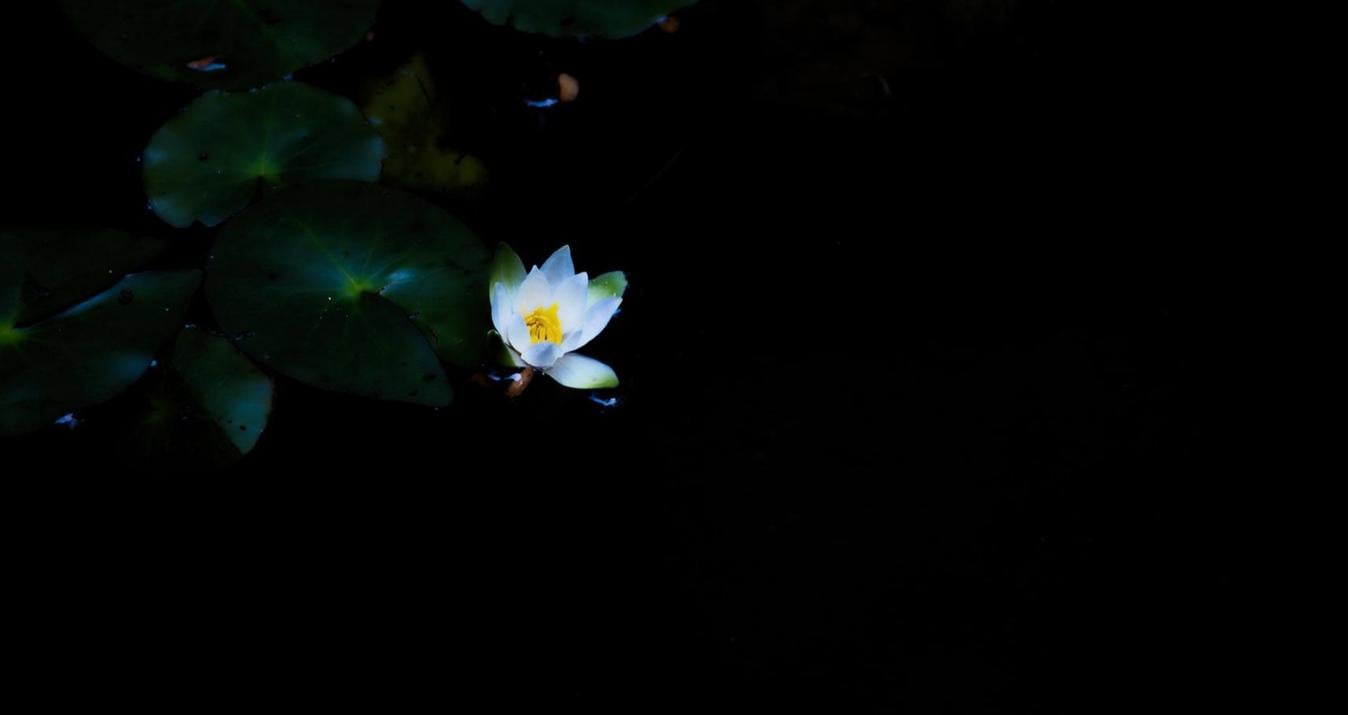Post-Processing Tips for Enhancing Your Seascape Photos
August 09, 2023

Learn How To Use Post-processing To Improve The Composition, Contrast, Color, And Overall Look Of Your Seascape Photos.
In beach seascape photography and ocean waves photography, there's a dance between static serenity and dynamic motion. This balance creates a truly captivating experience. However, capturing the beauty of the sea with your camera is only half the magic; the rest unfolds in post-processing.
Whether it's the vastness of the ocean, the allure of a sunset, or the drama of crashing waves, fine-tuning in the digital darkroom can elevate your shots from 'good' to 'breathtaking'.
We've gathered essential tips to assist you in photographing seascapes. So, without further ado, let's delve into enhancing the composition, contrast, color, and mood of your seascape photos, unveiling the full potential of your captures together.
Improving Composition
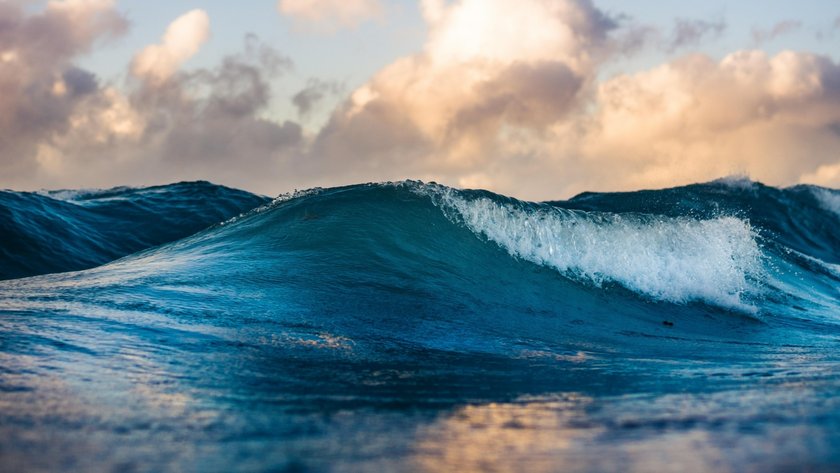
Post-processing refines the raw captures, enhancing the beauty and ensuring the photos do justice to the majesty of the seascape and the power of ocean waves.
Cropping
Whether you're capturing the wide expanse in beach seascape photography or the intricate patterns in ocean waves photography, strategic cropping using the rule of thirds can emphasize the subject and remove extraneous elements.
Horizon
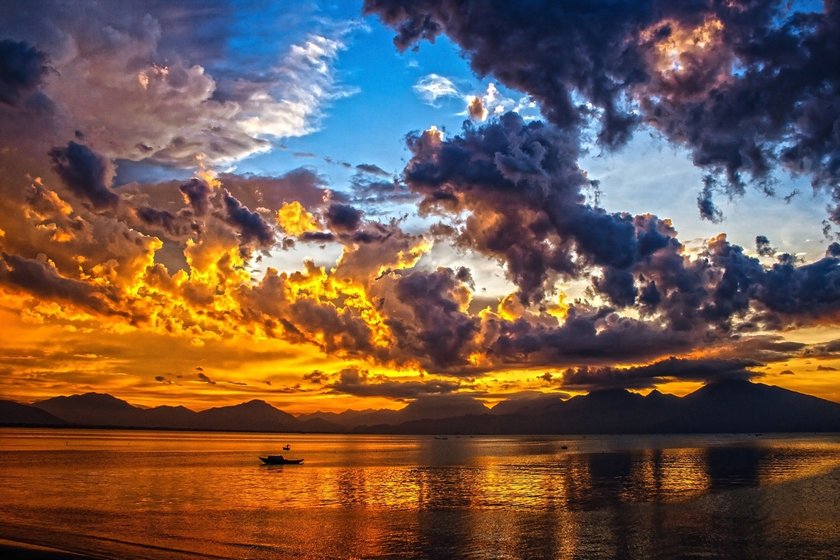
Both in the tranquil horizons of beach scenes and amidst the tumult of waves, a straight horizon is crucial. Digital tools allow for adjustments ensuring a balanced and level image.
Cloning & Healing:
From footprints on sandy shores to foam patterns amidst waves, distractions can creep in. The cloning and healing tools help erase these imperfections, making the photograph cleaner and more focused.
Enhancing Contrast and Detail
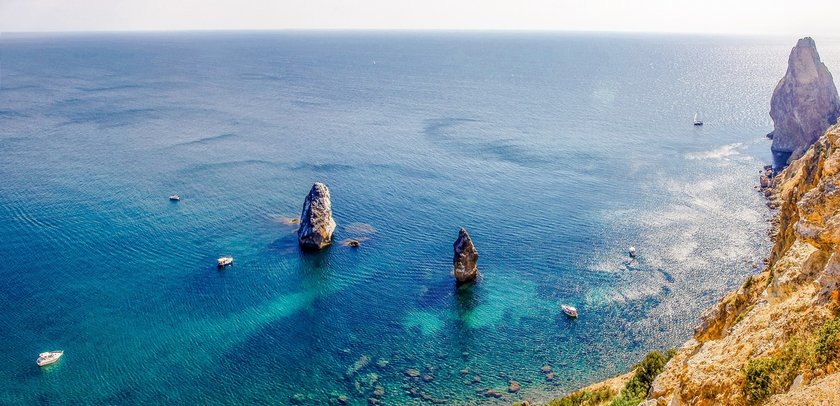
The sea, with its ever-changing moods and lighting, presents unique challenges in capturing its full glory. But, with the right post-processing techniques, you can bring out the subtleties that might initially go unnoticed. Here's how to elevate the contrast and detail in your seascape shots.
Curves/Levels
Adjusting the tonal range can bring out hidden details and enhance the overall depth of an image. Use the curves tool to accentuate or mute specific tones.
For instance, you can darken the shadows for more depth or brighten the highlights to make the sun's reflection on the water pop. Levels, on the other hand, can be used to set the black-and-white points, ensuring you have the right contrast throughout the image.
Sharpening
That’s how you can add clarity to your seascape photos, making every wave, foam, and grain of sand more defined.
While sharpening tools enhance details, it's essential to use them judiciously. Over-sharpening can introduce noise or make the image look unnatural. Always zoom in to check the effects of sharpening on finer details and adjust accordingly.
Graduated Filters
One of the most significant challenges in seascape photography is balancing the exposure between the brighter sky and the often darker sea. Graduated filters can be a lifesaver in these situations.
Apply a graduated filter in your editing software. It allows for a gradual transition in exposure or color. For seascapes, you can darken the sky slightly to bring out cloud details while keeping the sea well-exposed. This ensures both elements, sky, and sea, are captured in their full beauty.
Harnessing these techniques can dramatically enhance the visual impact of your seascape images, making them more dynamic, detailed, and captivating to the viewer.
Perfecting Color and Mood
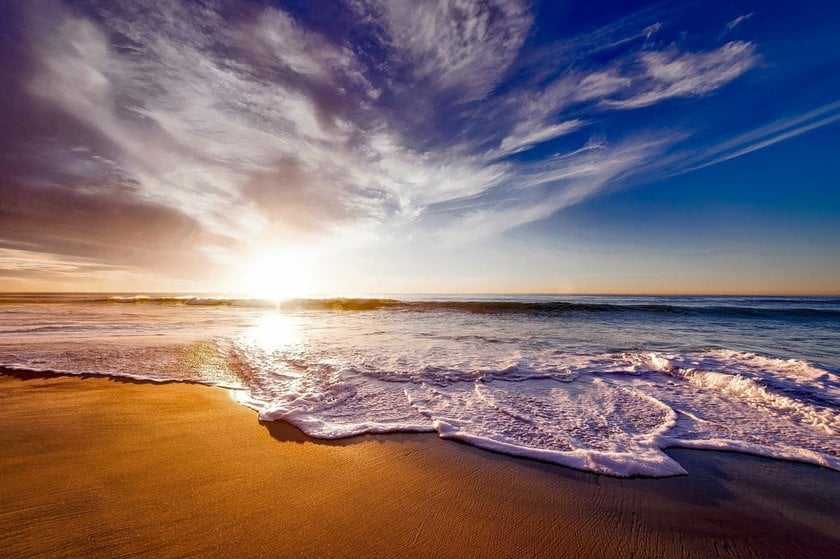
The magic of seascape photography often lies not just in capturing the raw beauty of the scene but in the emotion it evokes. Colors play a pivotal role in determining the mood of an image. From the calming blues of a tranquil sea to the fiery oranges of a sunset, getting the colors right can make all the difference. Here’s how to perfect the color and mood of your seascapes.
White Balance
White balance ensures the colors in your photo are true to life and helps set the overall mood.
Adjusting the white balance can either warm up or cool down an image. For example, a cooler tone can evoke feelings of serenity and calmness, perfect for a quiet beach scene, while warmer tones can enhance the vibrant energy of a sunset.
Saturation/Vibrance
These tools control the intensity of the colors in your photo, either amplifying or muting them.
While saturation affects all colors equally, vibrance boosts the intensity of muted colors more than the already vivid ones. Use them judiciously; over-saturating can make images look artificial, but a slight boost can make the colors pop and bring the scene to life.
Color Grading
Color grading is the process of altering and enhancing the color of a photo to achieve a desired mood or aesthetic.
Using tools like split toning or color balance adjustments, you can introduce hues to the shadows, midtones, and highlights. For instance, adding a blue tone to shadows in a twilight seascape can deepen the mood, while amber highlights can reminisce of a golden hour glow.
By paying attention to these aspects of color and mood, you can transform a good seascape photograph into a masterpiece, one that resonates emotionally with viewers and perfectly encapsulates the ambiance of the scene.
Luminar Neo: A Game-Changer for Seascape Photography
Thinking of leveling up your seascape photos? Look no further than Luminar Neo. Here's why:
- AI-Power: Luminar Neo uses smart tech to handle tricky lighting, making beach sunsets and sunrises pop.
- User-Friendly: Its simple design means both pros and newbies can dive right in. Plus, the handy presets can instantly boost your photos.
- Color and Mood: Easily adjust colors to get that perfect beach vibe. Whether it's a golden horizon or detailed waves, Luminar Neo has your back.
In short, for those into seascape photography, Luminar Neo is a must-try. It makes editing quick, easy, and effective!
Advanced yet easy-to-use photo editor
Get Luminar Neo NowChoosing the Right Lens for Seascape Photography
In seascape photography, the lens you choose can make a significant difference in capturing the vastness of the ocean, the intricate details of waves, or the vast horizons of the beach. Your lens can enhance clarity, depth, and perspective, so it's vital to make an informed choice.
If you've ever wondered about the best lens for seascape photography, here's a guide to help you decide:
Wide-Angle Lenses
These are among the most popular choices for seascape photography. They allow photographers to capture a broad vista, making them ideal for expansive beach landscapes or when you want to encompass both the sky and sea in a single shot.
Telephoto Lenses
If you're looking to focus on distant details, like a far-off ship or a mountain range beyond the ocean, a telephoto lens is a way to go. It can also be used to compress elements of the seascape, bringing the background and foreground closer together for a unique perspective.
Prime Lenses
Though they have a fixed focal length, prime lenses are renowned for their sharpness. They are great for capturing intricate details, such as the texture of the sand or the foam of a crashing wave.
Macro Lenses
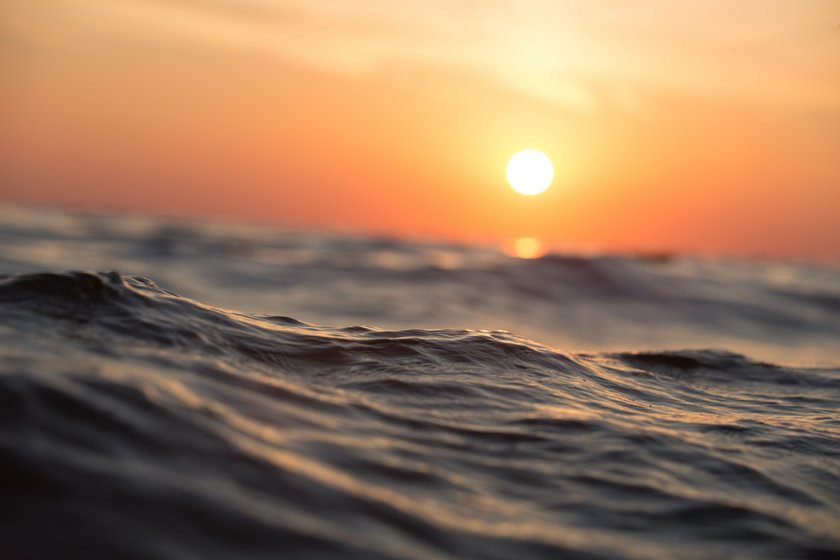
While not the first choice for many seascape photographers, a macro lens can be invaluable if you're looking to capture ultra-close-ups of elements at the beach, like seashells, sea foam, or tiny critters in tidal pools.
Filter Compatibility
Beyond the lens itself, consider if it's compatible with various filters. For seascapes, neutral density (ND) filters and polarizing filters can be game-changers, reducing glare from the water and allowing for longer exposures.
While there's no one-size-fits-all answer to the best lens for seascape photography, understanding the strengths of each type and aligning them with your vision will ensure you get the perfect shot every time.
Wrapping Up
The art of seascape photography extends beyond the initial capture—it's a dance of skill, technique, and post-processing magic. With the right tools, from effective editing software like Luminar Neo to selecting the best lens for the job, photographers have the power to elevate their images from beautiful to truly mesmerizing.
The ocean's raw beauty, when combined with a photographer's vision and the magic of post-processing, can transform into a narrative that resonates deeply. Remember, every seascape image is more than just a snapshot; it's a story waiting to be told.
Dive into the world of seascape photography, and let your images echo the sea's timeless allure!




